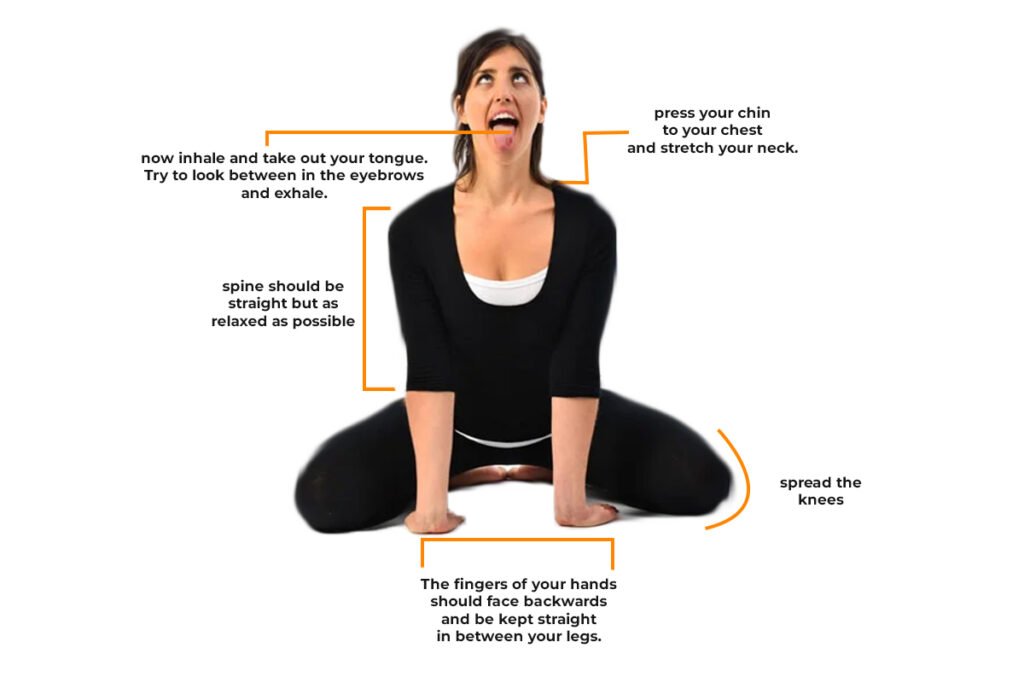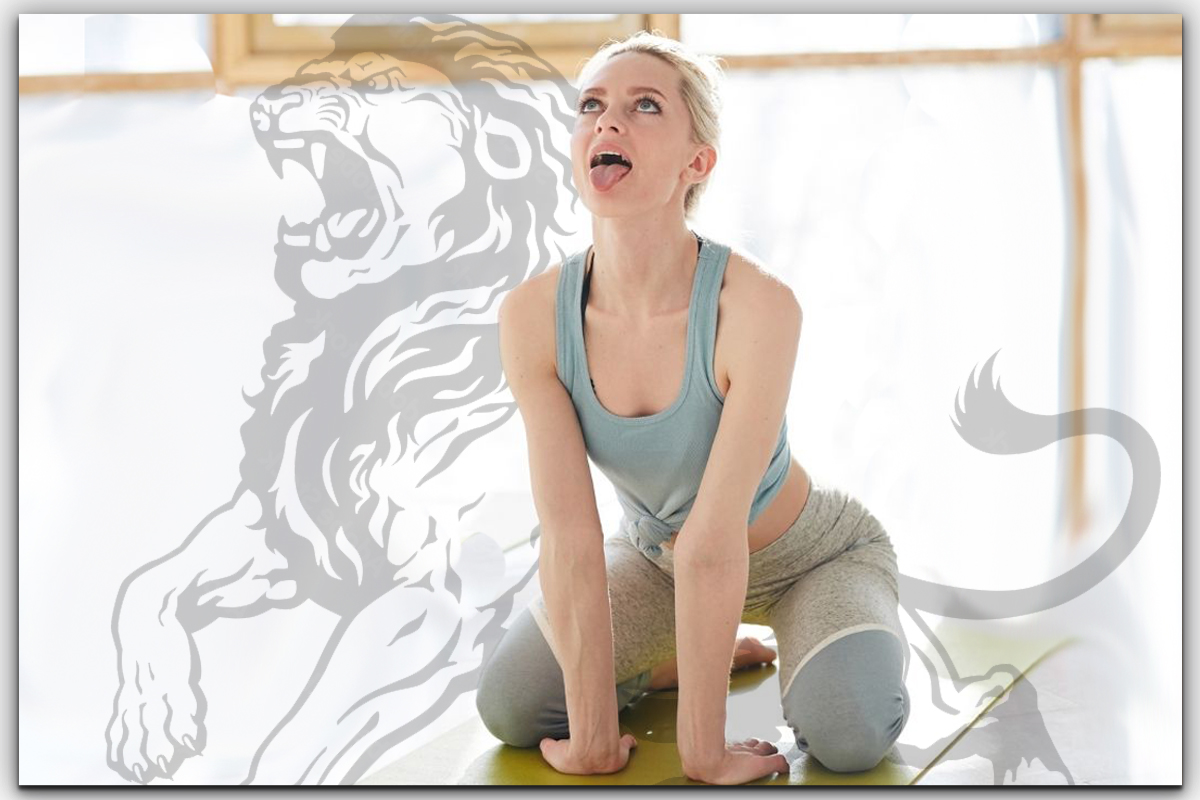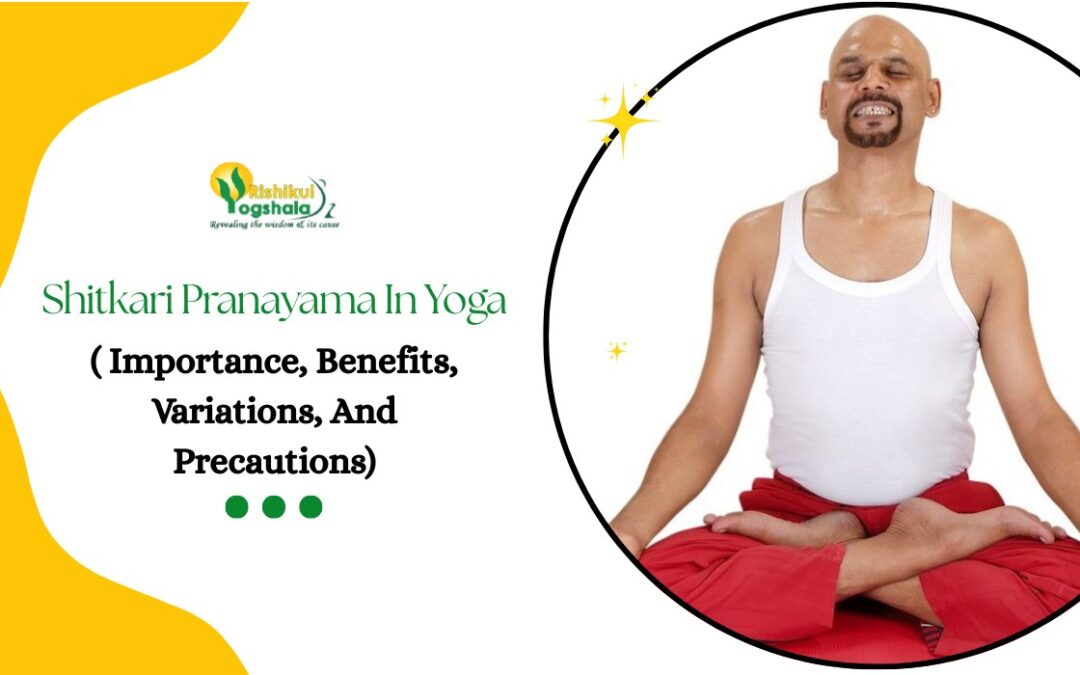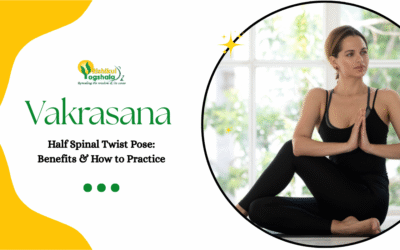Introduction – Siṃhāsana
Siṃhāsana is derived from the sanskrit words simha meaning “Lion”, and āsana meaning “Pose”. This pose imitates the lion’s roar and differs from any of the other poses.
The king of beasts is grand, powerful and is an apex predator; stealth power and agility are what a lion leans upon while hunting. Absorbing the lion power through the practice of yoga would be a good idea if you are looking for control and recognition. The lion strength is also very impactful and stable by nature. The lion also has the symbol of power, strength, bravery and majesty. Simhasana is a very powerful pose for the vocal cord. This gives great power and strength to build up the whole personality. This helps to empower the practitioners with strong determination, will power and courage.
Power Of Lion
Physical Power
The physical powers of the lion are strength, graceful movement and excellent eyesight. Lions are also majestic, tireless and territorial. Lions use their manes to display strength and superiority to invading prides, and backs it up with their powerful jaws, strong hind legs and their inexhaustible vigour. Hunting requires accurate vision and extreme determination and alertness

Mental Power
The mind of a yogi who practices regular Simhasana yoga sequences would be stable, strong and noble. Lions are animals that possess phenomenal strength, their minds are no different. This unyielding nature can be passed on to the yogi when they practice yoga sequences that include the Simhasana. Lion is uncontrollable, the power of the lion yields to no external force, and he is faithful to nothing but himself.
Psychic Power
The spiritual powers of a yogi who frequents the lion asana pose include stability, willpower, exploration, team spirit etc. The power of a yogi who performs the Simhasana yoga would be strong and rooted. The lion’s power is that of courage, assertiveness, determination and resolution. Lion power often appears to a person who needs to reclaim their space and take back a leadership role in life. Alternatively the Lion strength finds itself attracted to people who are brave and outspoken with leadership potential.
How To Do The Asana
Overview & Steps
- Kneel on the ground and keep some distance between the knees.
- Sit on vajrasana (Lift your right ankle up to place it behind the left ankle. Your perineum should push down on top of the heels.)
- Keep your palms between the knees on the floor, fingers facing towards the perineum.
- Now, inhale, look up and stretch out your tongue to the chin.
- Gaze up or in the eyebrow center.
- Exhale through your mouth with a powerful sound of ‘ha’, as the deep-breath should come from your stomach, washing up the throat.
- Try to focus in between your eyebrows for ‘mid-brow-gazing’, or focus on the tip of your nose.
- While doing the lions pose synchronize the movements of the arms and the shoulders as they are connected. The lion’s shoulder blades move as they walk and this pattern must be mimicked while performing the lion’s pose.
- Roar and switch your leg to repeat the asana.
- Initially it can be done for 3-5 rounds.
Safety & Precaution To Prevent Injuries
- Avoid gazing at the eyebrow center if it makes you feel dizzy. Practice it only for a few seconds and gradually throughout the practice.
- People with weak wrists may practice Simhasana while sitting in Vajrasana, keeping hands on knees
- Don’t exert yourself while making the sound. Try to make it clear and steady.
Also Read: Utkatasana (Chair Pose): Meaning, Steps, Benefits, Contradictions and More
Anatomy Of Simhasana
The lengthening activation of the tongue lifts the hyoid bone; activates the digestive system; and activates the hyoid muscles, sternum, rectus abdominis, pubic bone, and pelvic floor. A strong exhalation (lion’s roar) activates the three diaphragms: thoracic, pelvic, and vocal. The platysma muscle can also be contracted in Simhasana. The superior and medial rectus muscles of the eyes both contract to direct the gaze inward and upward.
Simhasana stimulates and releases a host of often overlooked muscles. The tongue and jaw can be thought of as the front of the neck, and cervical tension can frequently be related to tightness in these structures. Additionally, the platysma (the flat, thin, rectangular muscle that covers the front of the throat) can be tonified during Simhasana. Aside from the cosmetic advantages (a weak platysma is associated with wrinkly throat skin), consciously contracting this muscle increases the ability to relax it during breathing efforts.
Preparatory And Follow Up Poses
Preparatory Asana –
- Virasana,
- Mandukasana
- SuptaVirasana,
- Baddha Konasana,
- Adho Mukha Svanasana,
- Dandasana
Follow Up Asana –
- Balasana,
- Ustrasana,
- Ardha Matsyendrasana
Key Alignment Of Asana

Importance Of Breathing In Simhasana
In Simhasana, a breathing technique called Lion’s Breath is practiced. It is a very powerful breathing method with a forceful exhalation. In this pose, the yogic practitioner turns his expression into a fierce one like that of a lion and a roaring sound is made while breathing. The Lion’s Breath technique provides an ideal outlet for negative energy to go out. The powerful exhalation engages the arms and shoulders which manifest the release of negative energy from inside. According to the wise people many problems arise from anger and resentment which is held inside. Using Lion’s Breath properly during Simhasana releases the stress. It is recommended to exhale strongly with full intention to enjoy the full benefits of this technique.
Process Of Meditation In Simhasana
(Sthiram Sukham Asanam)
In this pose when you have achieved the stillness, you should mentally visualize the form of a Lion which is vast and full of positive energy. Try to become aware of their powers. At this point consciously you must shift your awareness from physical and mental aspects to visualization. This is a cosmic lion with powers such as Strength, Courage, Majesty, and Royalty. See yourself emerging with the power of the lion. This will help you in the process of meditation.
Benefits Of Simhasana (Lion Pose Benefits)
Lets discuss some major Simhasana benefits in detail:
Physical Benefits
- The Yogi who performs the lion’s pose develops a deep and raining tone to his or her voice.
- Bad breath is cured by the lion’s pose.
- The Simhasana helps to prevent and cure various diseases that affect the throat and the vocal cord
- The Simhasana prevents stuttering.
- Lion pose relaxes the neck muscles, back pain, and releases stress from the chest, face, and mind.
- This pose serves as an anti-aging therapy, removes wrinkles and crow’s-feet.
Also Read: Apana Vayu Mudra: Top Benefits, Steps, Precautions, Tips for Beginners
Psychological Benefits
The lion pose is an excellent means to tackle depression, anxiety, fear and other negative feelings. Phobias and mental disabilities like ADHD(Attention-deficit/hyperactivity disorder) are overcomed with the lion’s pose. The mind is also relaxed and is brought to a state of tranquil or stillness with the practice of Simhasana. Practitioners get a good concentration, steady and a calm state of mind. This also helps to improve anxiety, depression and insomnia related problems.
Mystical Benefits
The mystical powers of the lion are associated with the Power of Courage, Determination, Power of Communication and Will. Sacred ancient scriptures like Gheranda Samhita disclosed that this particular asana is the “destroyer of diseases”. It encourages independence, self-reliance, and in being powerfully sufficient.
The lion’s mystical powers also include regaining what was lost, rediscovering yourself, and strengthening family bonds.
Spiritual Benefits
Simhasana opens the throat chakra, which is the chakra of mental and spiritual clarity, truthfulness, and loyalty to the self. The lion pose also helps you to become more honest while interacting with others. These qualities help one to take the responsibility towards oneself and towards the society as well. This encourages the practitioners to follow the path of truth and honesty. Great sense of discrimination arises with this asana.
Contra Indications
People suffering from knee injuries, arthritis or any other disorders of the legs must not perform Simhasana.
Also Read –What is Mandukasana and Why You Should Be Doing It?
Conclusion
Cultivate strength and confidence with Simhasana mastery. Elevate your practice at our Yoga School in serene Rishikesh, offering immersive 200 Hour Yoga Teacher Training In Rishikesh, 300 Hour Yoga Teacher Training In Rishikesh, and 500 Hour Yoga Teacher Training Rishikesh. Experience the transformative power of Simhasana during your Yoga Teacher Training in Rishikesh, fostering both physical and mental resilience on the yoga mat.












